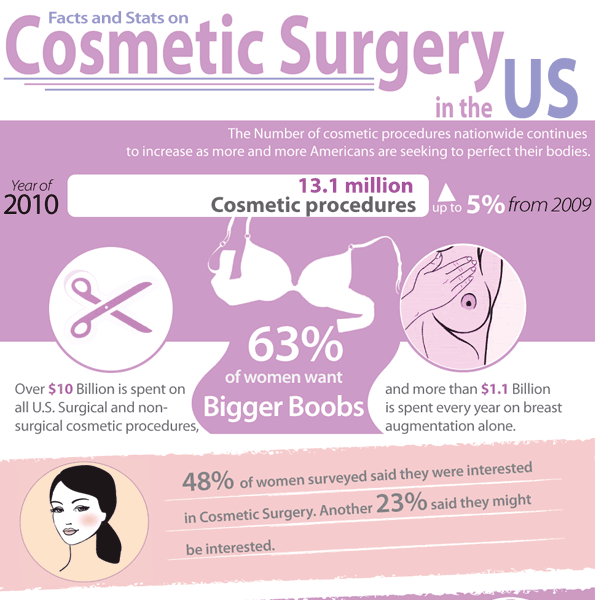Common Mistakes In Acne Treatment
Common Mistakes In Acne Treatment
Blog Article
Hormone Acne - What is Hormone Acne?
Hormonal acne is defined by clogged up pores and oily skin that normally appears on the chin and jawline. It occurs when hormone changes cause swelling and bacterial overgrowth within hair roots.
Breakouts might appear as whiteheads, blackheads, papules or pustules and cysts or nodules in extra serious situations. It is more usual in teens going through the age of puberty however can affect grownups of any type of age.
What Causes Hormone Acne?
While acne can be triggered by a variety of variables, consisting of using hair and skin treatment products that aren't oil-free or made with ingredients that can block pores, hereditary tendency, diet,2 and stress and anxiety, the source is varying hormonal agents. Hormonal acne occurs when the body experiences hormone modifications and variations that cause an overproduction of sebum, which creates inflammation, increased development of bacteria and modifications in skin cell activity.
Hormone acne is frequently located on the lower jawline, cheeks and neck yet can appear anywhere on the body. It is identified by acnes that are cystic, painful and loaded with pus or other product. It is also most likely to occur in ladies than males, particularly throughout adolescence, the menstruation, pregnancy or menopause.
Age
While lots of kids experience acne eventually during adolescence, it can remain to afflict grownups well into their adult years. Called hormonal acne, this kind of breakout is connected to variations in hormones and is normally most common in ladies.
Hormone acne occurs when oil glands create way too much sebum, which clogs pores and catches dead skin cells. This results in the development of blemishes, such as whiteheads, blackheads and papules, pustules, cysts or nodules, deep under the surface area.
This type of acne commonly causes pain, soreness and inflammation. It may likewise be intermittent and appear around the exact same time every month, such as right prior to your period starts. This is due to the fact that degrees of female hormonal agents like progesterone and oestrogen rise and fall with each menstrual cycle.
Menstrual Cycle
Hormone acne commonly appears in the lower part of your face, along the jawline and cheeks, as whiteheads, blackheads or inflammatory acnes (acnes and cysts). It's most likely to appear around the time when your menstruation adjustments.
Especially around ovulation, when estrogen and progesterone levels are on the increase, hormonal agent variations can cause breakouts. However it's additionally feasible to obtain acne at any point during your 28-day menstruation.
If you see that your hormone acne flares up right prior to your period, attempt seeing when specifically this takes place and see if it connects to the stages of your 28-day menstrual cycle. This will help you pinpoint the root causes of your skin problems. As an example, you might wish to deal with balancing your blood sugar and cutting out high-sugar foods, or consider a prescription drug like spironolactone that can manage your hormonal agents.
Pregnancy
Growing a child is a time of significant hormone modifications. For numerous women, this consists of a flare-up of hormone acne. This kind of breakout typically starts in the initial trimester, around week 6. It's triggered by hormone rises that promote medical spa sebaceous glands to make more oil, which can obstruct pores and trigger more bacteria to accumulate.
Outbreaks may also take place as a result of pre-existing problems like polycystic ovary syndrome, which can additionally be a concern during pregnancy and menopause. Also, some sorts of contraceptive pill (such as Ortho Tri-Cyclen and YAZ) can set off hormonal acne in some females.
Luckily, many acne treatments are "no-go" for expectant ladies (including preferred acne-fighting components such as isotretinoin and spironolactone). But if you can not prevent those irritating bumps, your medical professional might prescribe dental erythromycin or cephalexin, which are risk-free during pregnancy.
Menopause
As females approach menopause, the estrogen degrees that triggered their hormone acne to flare during the age of puberty begin to stabilize and lower. At the same time, however, a spike in androgens (additionally referred to as male hormones) takes place because these hormonal agents can't be exchanged estrogen as successfully as before.
The extra of androgens can trigger oil manufacturing by the sebaceous glands, which obstructs pores. When the blocked pores come to be irritated and irritated, an acne forms.
Hormone acne is typically seen on the face, especially around the chin and jawline, but it can happen on the neck, back, shoulders, or chest. This kind of acne tends to flare in a cyclical pattern, similar to the menstruation. Tension, which raises cortisol and tosses hormonal agents out of balance, also adds to the outbreaks.